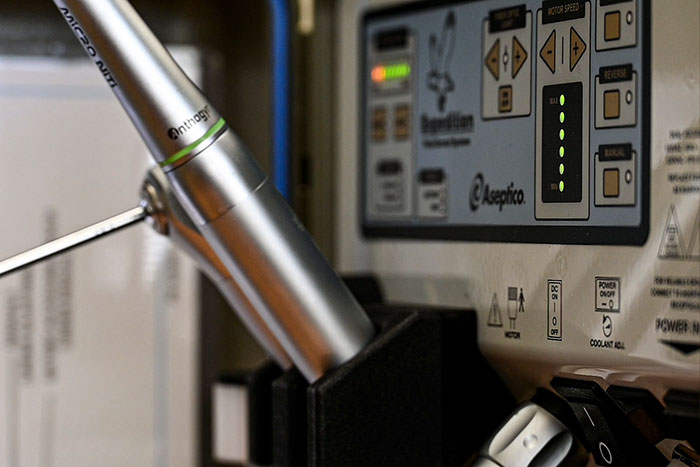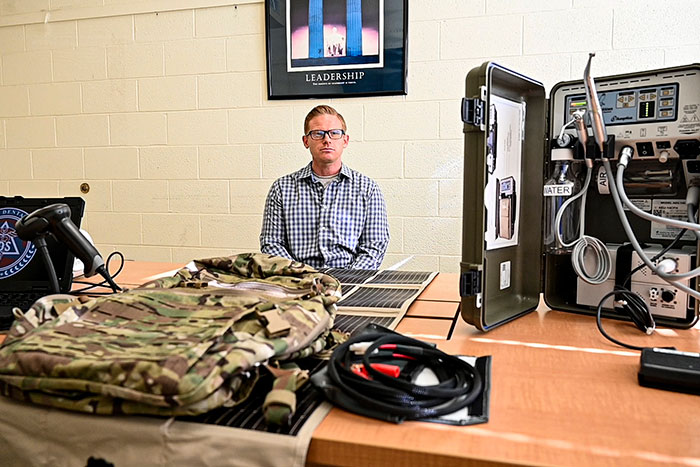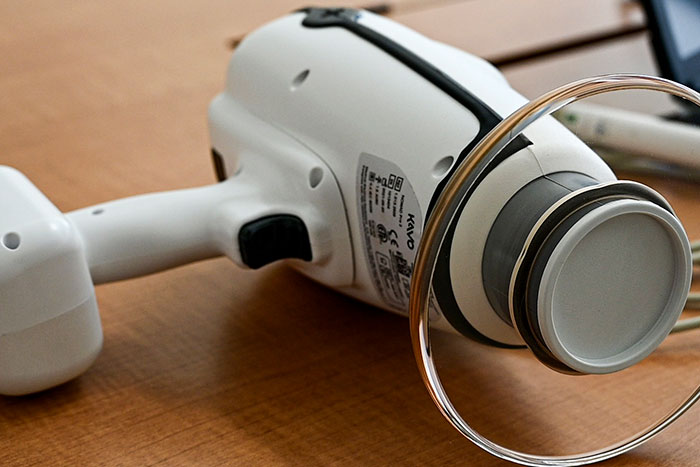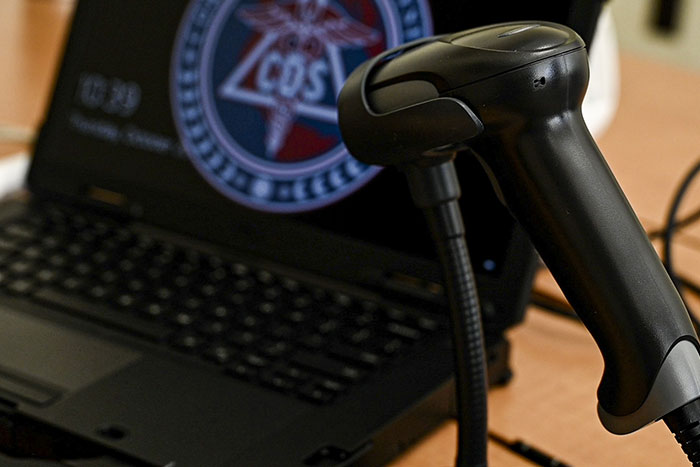Frontline expeditionary dental care is near-time reality
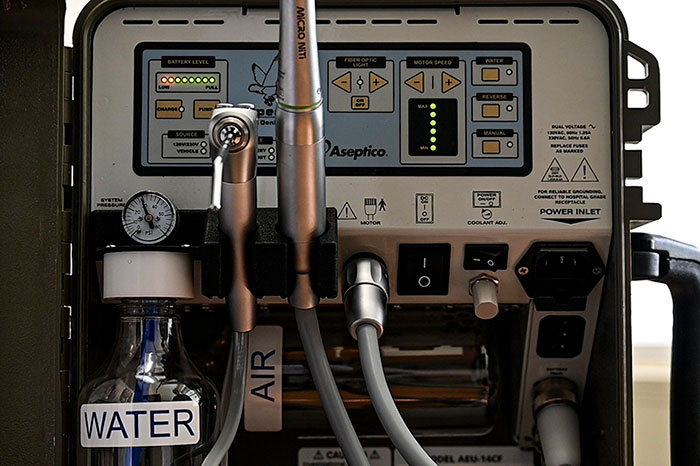
U.S. Army Medical Materiel Development Activity's (USAMMDA)'s Warfighter Deployed Medical Systems (WDMS) is working to modernize several field deployable dental treatment systems to provide dental treatments to Warfighters in a not so typical way.
"The goal of Army Medicine is to treat and maintain the fighting force as far-forward on the battlefield as possible during a potential war against a near peer adversary," said Adam Hayes, assistant product manager with EDMS. "The systems will bring dental care capability farther forward than ever before."
The three dental systems nearing modernization completion, the Dental Operating System (DOS), Field Portable Dental System (FPDS) and Dental Filmless Imaging System (DFIS) are complete and ready for fielding, according to Hayes.
When fielding equipment to active-duty units, weight, space and size are usually a concern. The DOS is easier to transport with high-torque, dental drill, an air compressor, vacuum pump, and a self-contained water system.
According to Hayes, the DOS provides the frontline dentist with tools traditionally reserved for a dentist's office, and greatly increases far-forward care capabilities.
"The Dental Operating System, which has completed the modernization process, furnishes the dental force with a smaller, lighter, and more comprehensive unit with more capabilities than the legacy systems," he said. "It increases battlefield mobility [for deployed military dentists] and enables individual completion of required critical tasks within dental teams."
"Dental teams all agreed our equipment needed mobility without sacrificing capability," said Lt. Col. Andres Mendoza, an Army dentist and instructor for the Captains Career Course at the Medical Center of Excellence at Fort Sam Houston in Texas. "The DOS offers a capable and mobile solution consistent with the Army's Medical Modernization Strategy."
Feedback from the units required mobile solutions.
The second device, the Field Portable Dental System, also known as FPDS, allows military dentists to provide care in austere locations and more expeditiously and efficiently than before.
"The legacy systems were primarily a battery operated, handheld drill," said Hayes. "It worked well for certain procedures, but lacked the torque and power required for some [other] dental care. As a result, providers requested a modernization effort to replace the older systems.
"The FPDS is battery operated and includes solar panels, which can be used to recharge the batteries," he said. "It can also be powered using a traditional electrical outlet or tactical vehicle power. It has a much stronger drill, air and irrigation capabilities."
According to Hayes, the FPDS is small enough to fit inside a backpack and is well-suited for the battlefield of the future.
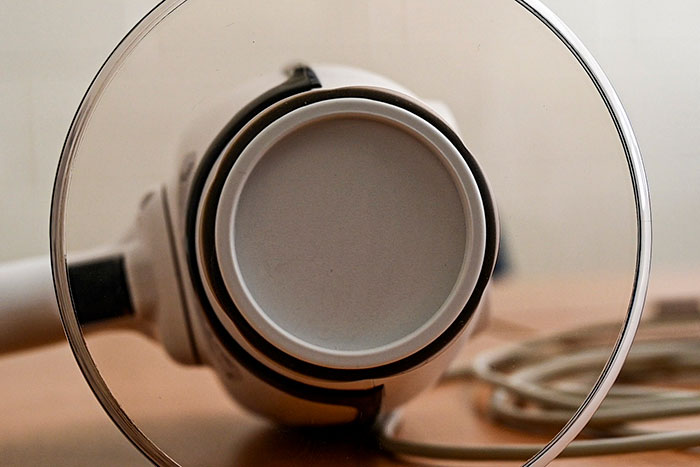
"We know the next battlefield will be over an extremely vast area with the potential for a litany of injuries," Hayes said. "So, this device provides dentists the hyper mobility needed to treat the Army and its partners."
According to Lt. Col. Larry Munk, the commander of the U.S. Army's Dental Clinic Command at Fort Rucker, Ala., the FPDS and DOS will add substantial capabilities to the Dental Corps.
"The DOS and FPDS will give greater capability and capacity due to the inter-compatibility of their equipment and because they both use a state-of-the-art electric engine, replacing the legacy air-driven engine," he said. "The range is also greater due to the systems' ability to use a variety of voltages or batteries with solar-charging capabilities."
Finally, WDMS' Dental Filmless Imaging System (DFIS) will allow dentists to capture, process, store, and view dental X-ray images in the field via a rugged, custom-built laptop. Internal sensors within the laptop take and store the x-rays on the laptop, which is also equipped with an inter-oral camera, allowing the user to capture pictures and livestream images from within the mouth. An additional capability allows a barcode scanner to automatically scan and enter patient data.
"It took around a year to get this system built," said Hayes. "Over the next year, we plan to obtain authorizations to operate and to begin fielding the system to the force."
In the future, the system will connect to DOD networks as part of existing dental sets for medical and dental care providers, he said. This will allow dentists on the frontline to consult with specialists for additional guidance and to perform advanced procedures, possibly reducing the need for evacuations.
"The added capabilities of these systems may reduce the number of Warfighters who need to be evacuated, and the negative impact evacuations can have on units like being undermanned and sleep-deprived," said Hayes. "These three systems bring scalability to dental equipment sets, allowing dental officers to deliver an agile battlefield sustainment response."














